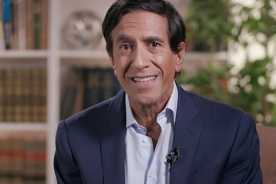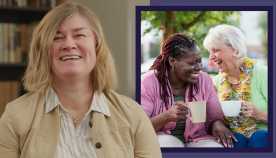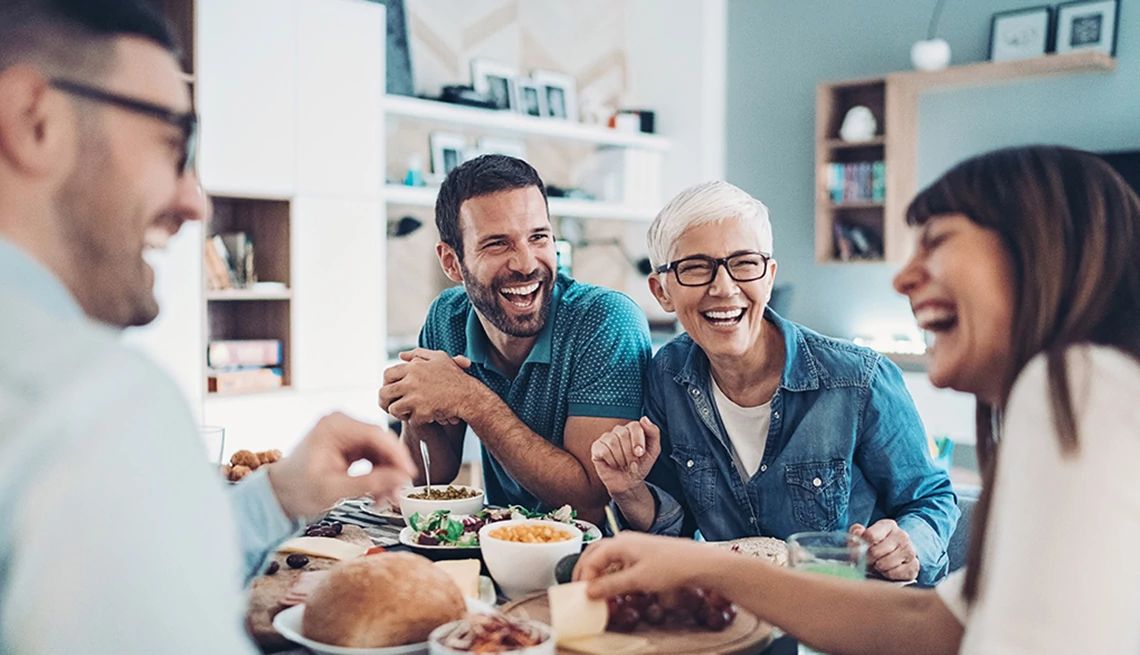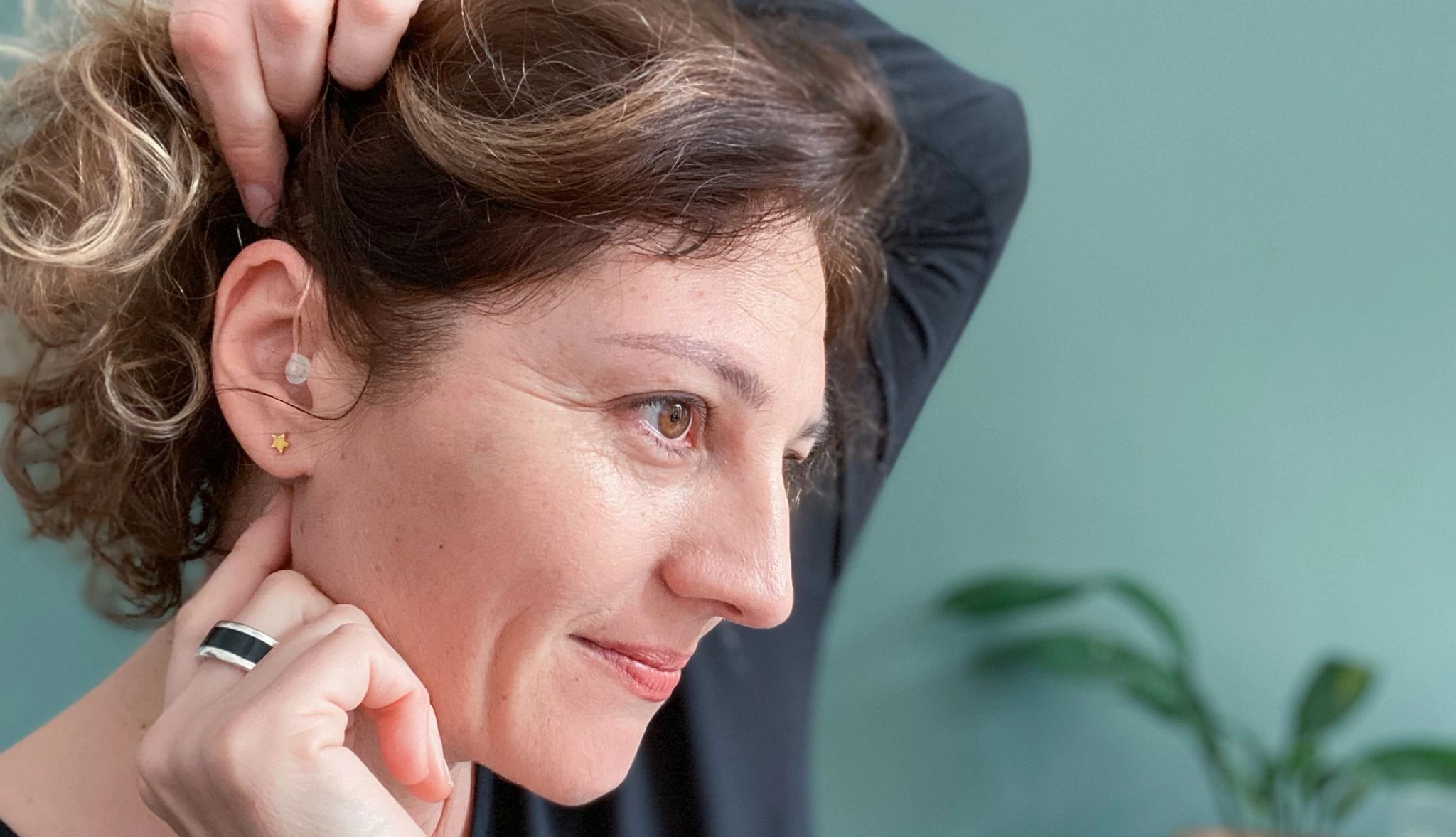Challenges


U.S. Surgeon General Vivek Murthy sounded an alarm in May, with a troubling announcement: Loneliness is on the rise and its health impacts can be extensive. According to the Surgeon General’s report, lacking social connection can increase the risk for premature death as much as smoking up to 15 cigarettes a day. The risk for dementia is higher as well. “Chronic loneliness and social isolation can increase the risk of developing dementia by approximately 50 percent in older adults,” states the surgeon general’s advisory, “Our Epidemic of Loneliness and Isolation.”
Loneliness had become widespread in the United States even before the pandemic cut off so many from their social networks. Between 2003 and 2020, social engagement with friends, for example, dropped 20 hours per month, and shared leisure time was down 14 hours a month.
The advisory lays out three vital components of social connection:
- Structure: The number and variety of relationships and frequency of interactions
- Function: The degree to which relationships serve various needs
- Quality: The positive and negative aspects of relationships and interactions
“You’ve got to think about all three,” says Julianne Holt-Lunstad, professor of psychology and neuroscience at Brigham Young University and lead science editor of the surgeon general’s advisory. “I’ve seen a heavy emphasis on getting people socially active without really paying attention to what’s happening in those encounters, their quality.”
Structure is about having people in your life. But while having people in your life is important, she says, it’s not sufficient. That’s where function comes in: What needs do people in your circle fulfill? Can you rely on them in times of need? Different people may play different roles. You might have friends who are fun to be around and always up for adventures, for instance, and others you turn to when you need emotional support. “We have good evidence that a variety of types of relationships is beneficial,” Holt-Lunstad says. And then there’s quality: Do the relationships enhance your life? Pay attention to how you feel after spending time with different people. Happy? Comforted? Energized? Or, perhaps, drained? Noticing can help you decide how to invest your time and energy.
“Each of us can start now, in our own lives, by strengthening our connections and relationships,” Murthy wrote. Make an effort to get together more frequently with the people you care about: Set a weekly walking date (or several!), schedule a monthly potluck or night out, call a friend who lives far away and plan a visit. Holt-Lunstad goes a step further, suggesting people try to be a positive influence on others.
“We have good evidence that one of the best ways to help yourself is to help others,” she says. That can mean dropping off chicken soup to a sick friend (don’t wait to be asked) or simply listening when someone is having a hard time. There are endless ways to show you care, and what goes around, comes around.










More From Staying Sharp
Find a Workout Buddy
You’re more likely to commit to regular exercise when a friend joins you
The Importance of Social Connection
Learn how social connections impact your health and get tips for nurturing relationships
You Gotta Have Friends
Prioritizing your pals may boost your happiness — and health